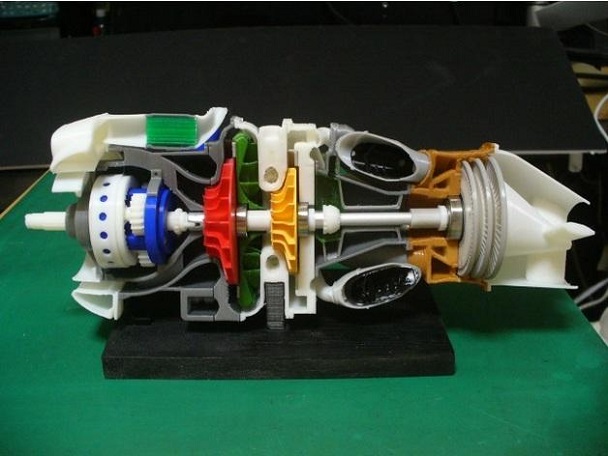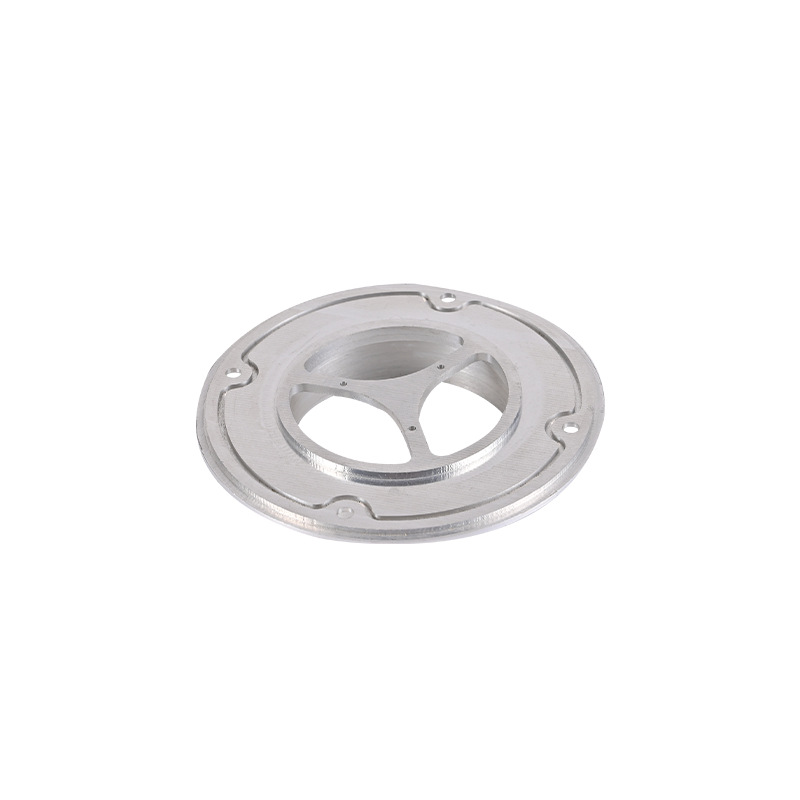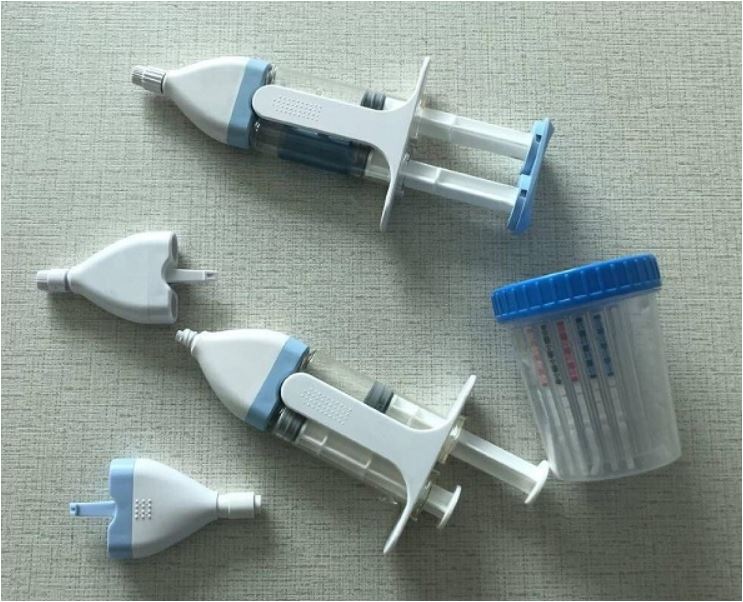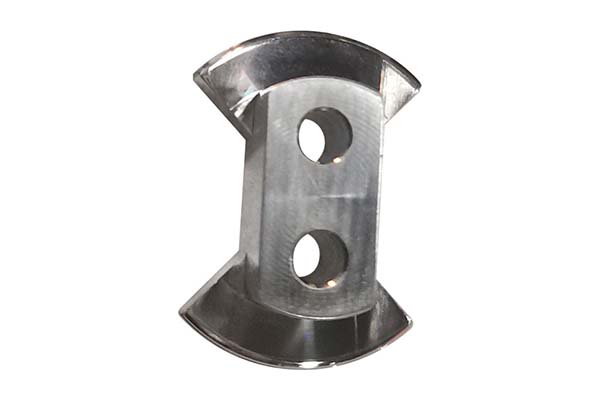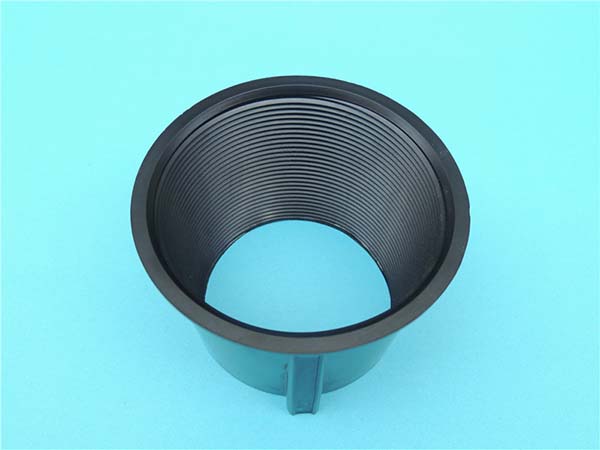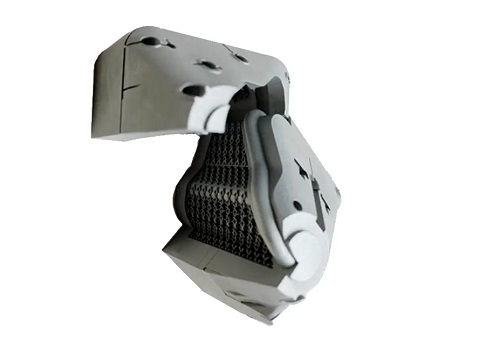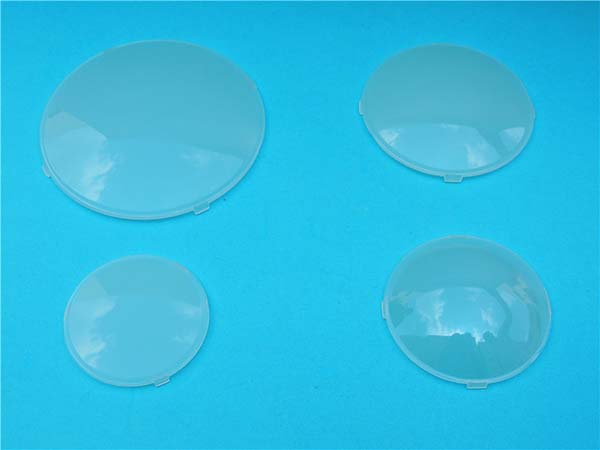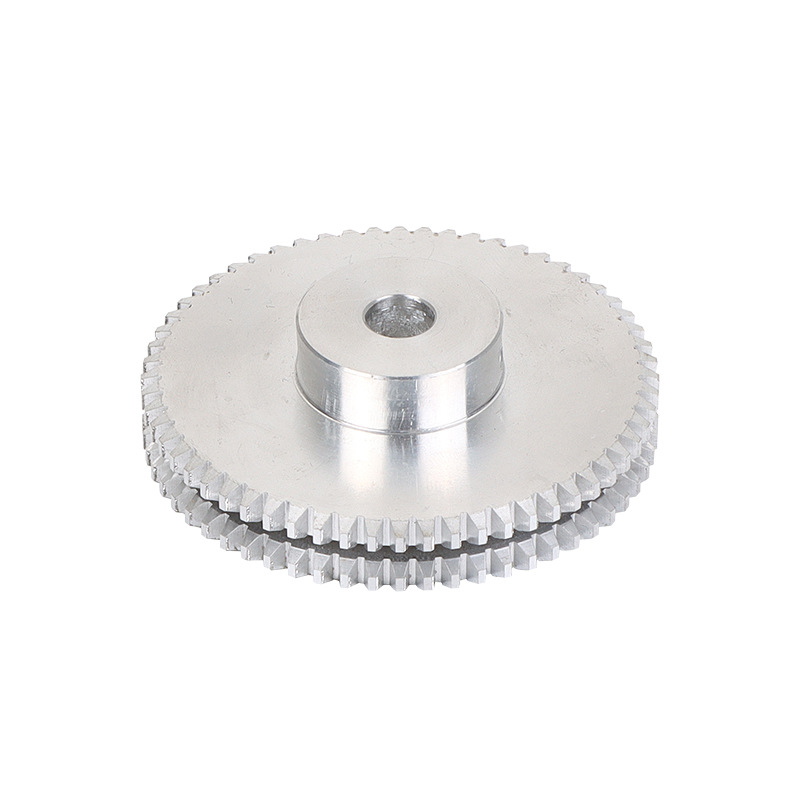yigu: In the world of manufacturing and design, 3D printing has become a game-changer. Yet, many professionals struggle with questions: Which 3D printing technology fits my project? What materials work best for specific applications? How do I choose the right equipment without overspending? This guide will address these pain points, breaking down 3D printing technologies, materials, applications, and equipment to help you make informed decisions.
1. Technology
3D Printing: The Big Picture
At its core, 3D printing builds objects layer by layer from digital models, unlike traditional subtractive manufacturing that cuts away material. This additive approach unlocks design freedom, but choosing the right technology is key. Let’s dive into the most common methods.
Laser Sintering
Laser sintering uses a high-powered laser to fuse powdered materials like polymers or metals. The laser heats particles just enough to bond them, creating strong, durable parts. It’s ideal for complex geometries—no support structures needed because unsintered powder holds the shape. For example, aerospace companies use it to make lightweight engine components with intricate internal channels, reducing weight by up to 30% compared to machined parts.
Stereolithography
Stereolithography (SLA) was the first 3D printing technology. It uses a UV laser to cure liquid photopolymer resin layer by layer. SLA delivers exceptional detail—layer heights as low as 0.025mm—making it perfect for jewelry molds or dental models. A dental lab, for instance, can produce a custom crown model in under an hour with SLA, ensuring a precise fit for patients.
Fused Deposition Modeling
Fused deposition modeling (FDM) is the most accessible 3D printing technology. It melts thermoplastic filaments (like PLA or ABS) and extrudes them through a nozzle. FDM printers are affordable for desktop use, making them popular in schools and small businesses. While surface finish is rougher than SLA, it’s great for prototypes—e.g., a startup can print a phone case prototype in a day to test ergonomics.
Metal Additive Manufacturing
Metal additive manufacturing includes processes like laser sintering and electron beam melting. It’s revolutionizing industries where strength matters. Titanium alloys, for example, are commonly used here because they’re strong yet lightweight. Medical implant makers use it to create bone-like structures that integrate with the body, reducing rejection rates by over 20% compared to traditional implants.
Multi-Material Printing
Multi-material printing allows combining different materials in one part—like rigid and flexible plastics. This is a boon for consumer products: imagine a 3D-printed shoe with a soft insole and firm outer sole, all in one print. Companies like Adidas have used this to create custom footwear, cutting production time by 50%.
Digital Light Processing
Digital light processing (DLP) is similar to SLA but uses a digital projector to cure entire layers at once. This makes it faster than SLA—great for batch production. A toy company could print 100 action figure prototypes in a day with DLP, speeding up design iterations.
Binder Jetting
Binder jetting deposits a liquid binder onto powder beds (metal, sand, or ceramics) to bond particles. It’s cost-effective for large parts, like construction components. A 3D-printed concrete wall using binder jetting can be built in 24 hours, with 30% less material waste than traditional methods.
Electron Beam Melting
Electron beam melting (EBM) uses a high-energy electron beam to melt metal powders in a vacuum. It’s ideal for high-performance metals like titanium alloys, producing parts with excellent mechanical properties. Aerospace manufacturers rely on EBM for turbine blades, as the vacuum environment prevents oxidation, ensuring material purity.
Additive Manufacturing Software
Additive manufacturing software bridges design and printing. Tools like CAD software let you create 3D models, while slicers (e.g., Cura) convert models into printable layers. Advanced software also simulates prints to avoid errors—saving time and material. For example, a manufacturer can use software to detect a weak point in a part design before printing, preventing costly failures.
| Technology | Key Advantage | Best For | Materials |
| Laser Sintering | Strong, complex parts | Aerospace, automotive | Polymers, metals |
| Stereolithography | High detail | Jewelry, dental | Photopolymers |
| Fused Deposition Modeling | Affordable, accessible | Prototyping, education | PLA, ABS |
| Metal Additive Manufacturing | Strength, durability | Medical implants, aerospace | Titanium, aluminum |
| Multi-Material Printing | Material versatility | Consumer products, footwear | Combinations of plastics, elastomers |
2. Materials
Polymers
Polymers are the most common 3D printing materials. PLA (polylactic acid) is biodegradable and easy to print, perfect for hobby projects or temporary parts. ABS (acrylonitrile-butadiene-styrene) is tougher and heat-resistant, used in phone cases or automotive prototypes. A study found that 70% of desktop 3D prints use PLA or ABS due to their low cost and reliability.
Metals
Metals like aluminum and titanium are staples in industrial 3D printing. Aluminum powders are lightweight and conduct heat well, making them ideal for electronics enclosures. Titanium alloys, with their high strength-to-weight ratio, are critical for medical implants and aerospace parts. For example, a titanium hip implant 3D-printed with porous structures encourages bone growth, improving patient recovery.
Plastics
Beyond PLA and ABS, plastics like PETG (polyethylene terephthalate glycol) offer water resistance—great for water bottles or containers. Nylon, a strong plastic, works in laser sintering to make durable parts like gears or tool handles.
Composites
Composites combine materials for enhanced properties. Carbon-fiber reinforced materials, for instance, are strong and lightweight. They’re used in drone frames or sports equipment—3D-printed carbon-fiber bike frames are 40% lighter than aluminum ones while maintaining strength.
Ceramics
Ceramics handle high temperatures and chemicals, making them useful in industrial tooling or aerospace heat shields. 3D-printed ceramic parts have precise pores, which is key for catalytic converters in cars, improving efficiency by 15%.
Bio-materials
Bio-materials are game-changers in medicine. 3D-printed scaffolds using bioactive materials can help regrow bone or tissue. Researchers are even testing 3D-printed skin for burn victims, with trials showing faster healing rates.
3. Applications
Aerospace
Aerospace was an early adopter of 3D printing. Companies like Boeing use it to make fuel nozzles that are 25% lighter and 40% cheaper than traditional versions. 3D-printed parts also reduce assembly steps—what once required 20 parts can now be printed as one, cutting production time by 50%.
Automotive
In automotive, 3D printing speeds up prototyping. Ford uses FDM to print brake part prototypes in hours, not weeks. For production, companies like Volkswagen use metal additive manufacturing for custom brackets, reducing inventory costs since parts are printed on demand.
Medical
Medical 3D printing saves lives. Custom prosthetics, tailored to a patient’s limb shape, improve mobility and comfort. In 2023, over 100,000 3D-printed spinal implants were used worldwide, with a 98% success rate in patient outcomes.
Dental
Dental labs rely on 3D printing for crowns, bridges, and aligners. SLA-printed models ensure precise fits, and metal additive manufacturing creates strong dental implants. Patients benefit from faster turnaround—what took a week now takes 2-3 days.
Consumer Products
From custom phone cases to personalized jewelry, 3D printing lets brands offer unique products. Nike’s 3D-printed shoe soles, for example, are tailored to a runner’s gait, improving performance. Small businesses also thrive—an Etsy seller can print custom keychains in minutes, responding quickly to trends.
Electronics
Electronics manufacturers use 3D printing for custom enclosures and heat sinks. Complex geometries in 3D-printed heat sinks improve cooling efficiency by 30%, extending device lifespans.
Construction
3D-printed houses are becoming a reality. Companies like ICON print homes in 24 hours using concrete, reducing labor costs by 50%. These homes are also eco-friendly, using 20% less material than traditional builds.
4. Equipment
3D Printers: Desktop vs. Industrial
Desktop 3D printers (under \(5,000) are great for hobbyists and small businesses. Models like the Prusa i3 MK4 excel at FDM printing with PLA/ABS. Industrial-grade printers, costing \)50,000+, handle metals or high-performance polymers. The EOS M 290, for example, is a metal 3D printer used in aerospace for precision parts.
Printer Components
Key components include the extruder (for FDM), build plate (to hold the part), and laser system (for sintering). Maintaining these is crucial—clogged extruders, for instance, ruin prints. Regular cleaning and calibration reduce errors by 70%.
Post-Processing Equipment
Most 3D prints need post-processing. Sanding smooths FDM parts, while sintering strengthens metal prints. A tumbler can polish 100 small parts at once, saving time.
Sintering Machines
Sintering machines heat 3D-printed metal or ceramic parts to bond particles fully. The Sintratec S2 is a compact sintering machine ideal for small businesses, while industrial models like the DMG MORI LASERTEC 30 SLM handle large-scale production.
Yigu Technology's Perspective
As a custom plastic and metal parts manufacturer, Yigu Technology leverages 3D printing to deliver precision and speed. We use FDM for quick prototypes and metal additive manufacturing for end-use parts, ensuring clients get cost-effective solutions. Our expertise in multi-material printing lets us tackle complex projects—from automotive brackets to medical components—with tight tolerances.
FAQ
- What’s the cheapest 3D printing technology for beginners?
FDM is the cheapest, with desktop printers under $300. PLA filament is affordable, making it easy to start.
- Can 3D-printed metal parts replace machined ones?
Yes, in many cases. Metal additive manufacturing parts often match or exceed machined parts in strength, with better design flexibility.
- How do I choose between SLA and DLP?
SLA offers finer detail for small parts, while DLP is faster for batch production. If you need 100 small prototypes, DLP is better; for one intricate model, choose SLA.
